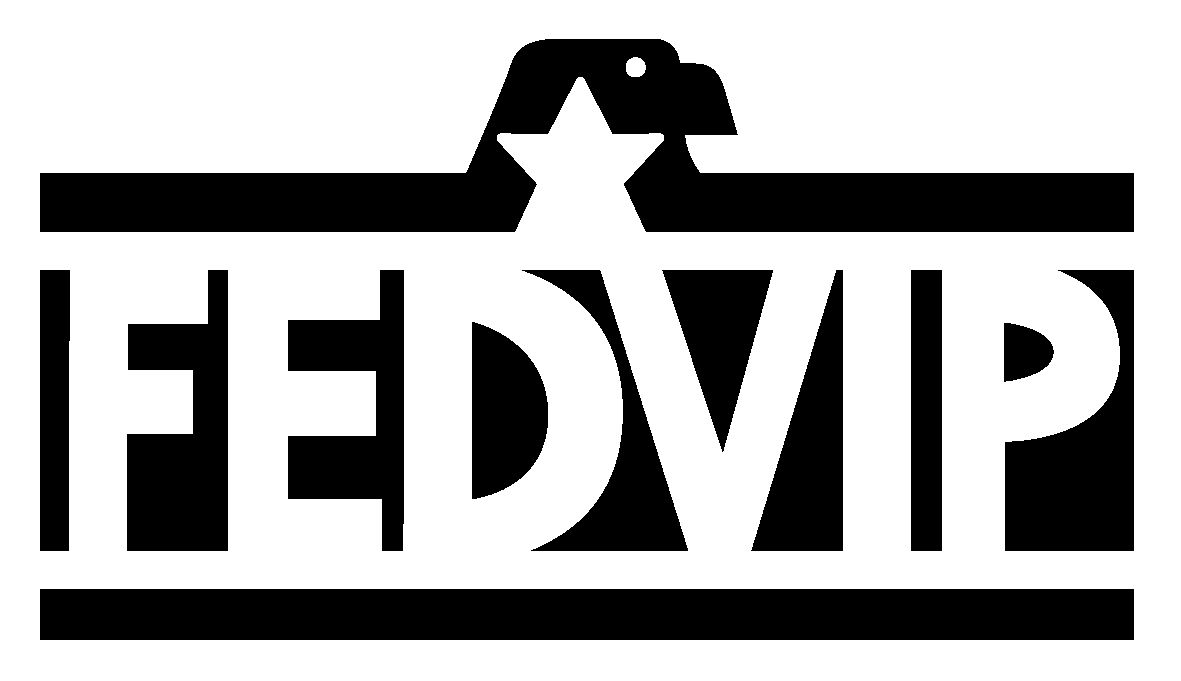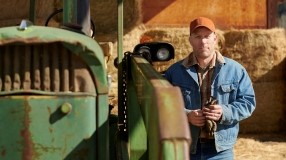The Anatomy of a Tooth
Your teeth are composed of hard (calcified) and soft (non-calcified) dental tissues. Enamel, dentin and cementum are hard tissues. Pulp, or the center of the tooth that contains nerves, blood vessels and connective tissue — is a soft tissue.
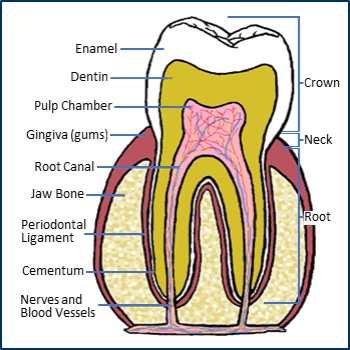

Enamel. Dental enamel is the hard thin translucent layer that serves as protection for the dentin of a tooth crown. It is made up of calcium salts.
Anatomical Crown. The natural, top part of a tooth which is covered in enamel and is the part that extends above the gum line.
Gingiva. Soft tissues that cover and protect the roots of your teeth and cover teeth that have not yet erupted.
Pulp Chamber. They are the gums that help hold your teeth in place and help protect the teeth from any infection or damage from food and everyday interactions with the outer world.
Neck. The area where the crown joins the root.
Dentin. Dentin is the hard, dense, calcareous (made up of calcium carbonate) material that makes up the majority of the tooth underneath the enamel. It is harder and more dense than bone. It is one of four components that make up the tooth. It is the second layer of the tooth.
Jawbone (Alveolar Bone.) The part of the jaw that surrounds the roots of the teeth.
Root Canal. The root canal is the space below the tooth. It is composed of the tooth's pulp chamber, nerve endings, and may also contain pathways to the root canals of other teeth in the mandible.
Cementum. A thin layer of a bone like substance that covers the root, and sometimes other parts of a tooth. Also known as cement, this substance is yellow and not as hard as enamel.
Periodontal Ligament. A system of collagenous connective tissue fibers that connect the root of a tooth to its socket.
Tooth Charts
Our mouths contain teeth of various shapes, sizes, and locations in the jaw. Each type of tooth is designed to perform different functions, like biting, tearing, and chewing. How teeth are shaped and aligned affect your smile, speech, and facial shape. People are usually born with 20 baby (primary) teeth, which start to erupt around about 6 months of age and shed at different times throughout childhood. By age 21, all 32 of the permanent teeth (including wisdom teeth) have usually erupted.
Primary (Baby) Teeth
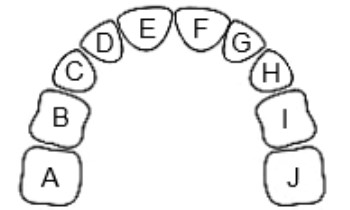
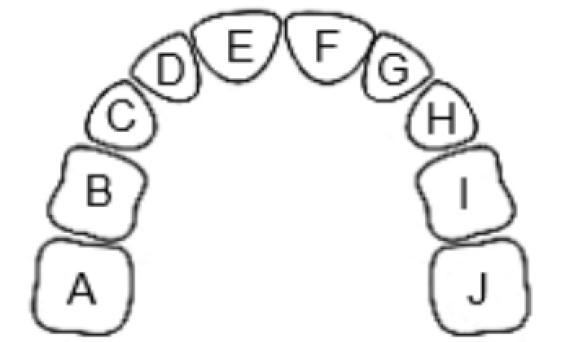
| Number | Erupt | Shed | Upper Teeth |
|---|---|---|---|
| A,J | 25-33 mos | 10-12 yrs | Second Molar |
| B,I | 13-19 mos | 9-12 yrs | First Molar |
| C,H | 16-22 mos | 10-12 yrs | Canine (cuspid) |
| D,G | 9-13 mos | 7-8 yrs | Lateral Incisor |
| E,F | 8-12 mos | 6-7 yrs | Central Incisor |
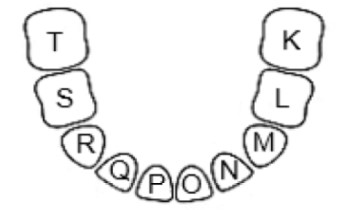
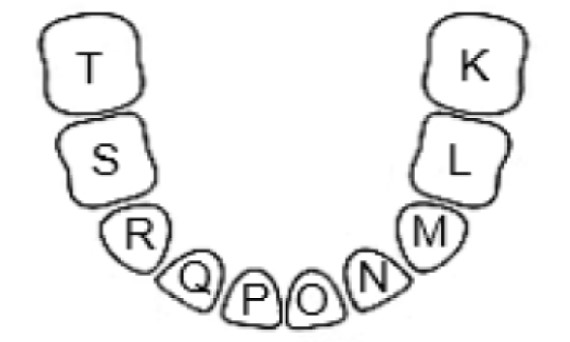
| Number | Erupt | Shed | Lower Teeth |
|---|---|---|---|
| K,T | 23-31 mos | 10-12 yrs | Second Molar |
| L,S | 14-18 mos | 9-11 yrs | First Molar |
| M,R | 17-23 mos | 9-12 yrs | Canine (cuspid) |
| N,Q | 10-16 mos | 7-8 yrs | Lateral Incisor |
| O,P | 6-10 mos | 6-7 yrs | Central Incisor |
Permanent (Adult) Teeth
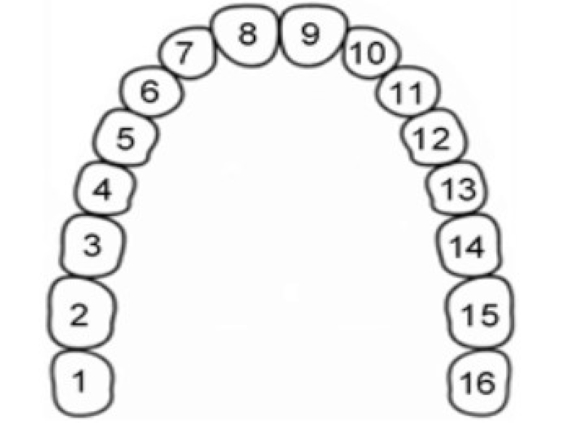
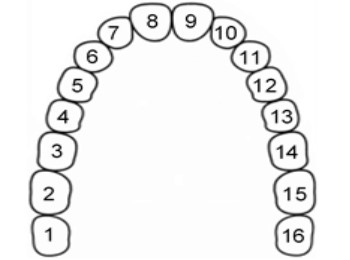
| Number | Erupt | Upper Teeth |
|---|---|---|
| 1,16 | 17-21 yrs | Third Molar (Wisdom Teeth) |
| 2,15 | 12-13 yrs | Second Molar (12 yr molar) |
| 3,14 | 6-7 yrs | First Molar (6 yr molar) |
| 4,13 | 10-12 yrs | Second Premolar |
| 5,12 | 10-11 yrs | First Premolar |
| 6,11 | 11-12 yrs | Canine (cuspid) |
| 7,10 | 8-9 yrs | Lateral Incisor |
| 8,9 | 7-8 yrs | Central Incisor |
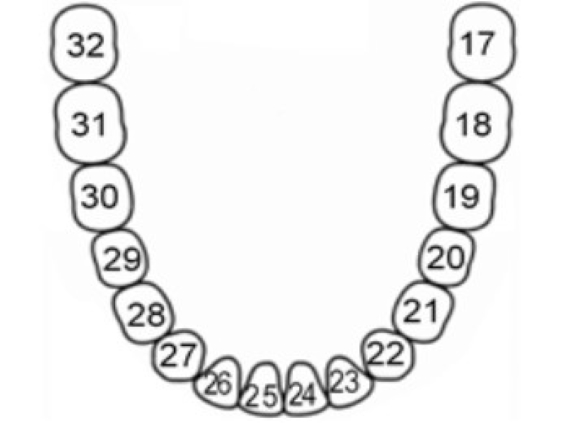
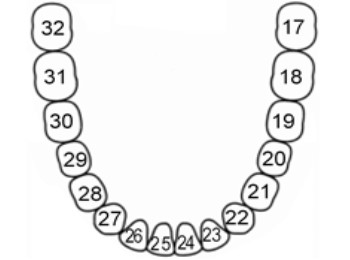
| Number | Erupt | Lower Teeth |
|---|---|---|
| 17,32 | 17-21 yrs | Third Molar (Wisdom Teeth) |
| 18,31 | 12-13 yrs | Second Molar (12 yr molar) |
| 19,30 | 6-7 yrs | First Molar (6 yr molar) |
| 20,29 | 10-12 yrs | Second Premolar |
| 21,28 | 10-11 yrs | First Premolar |
| 22,27 | 11-12 yrs | Canine (cuspid) |
| 23,26 | 8-9 yrs | Lateral Incisor |
| 24,25 | 7-8 yrs | Central Incisor |
